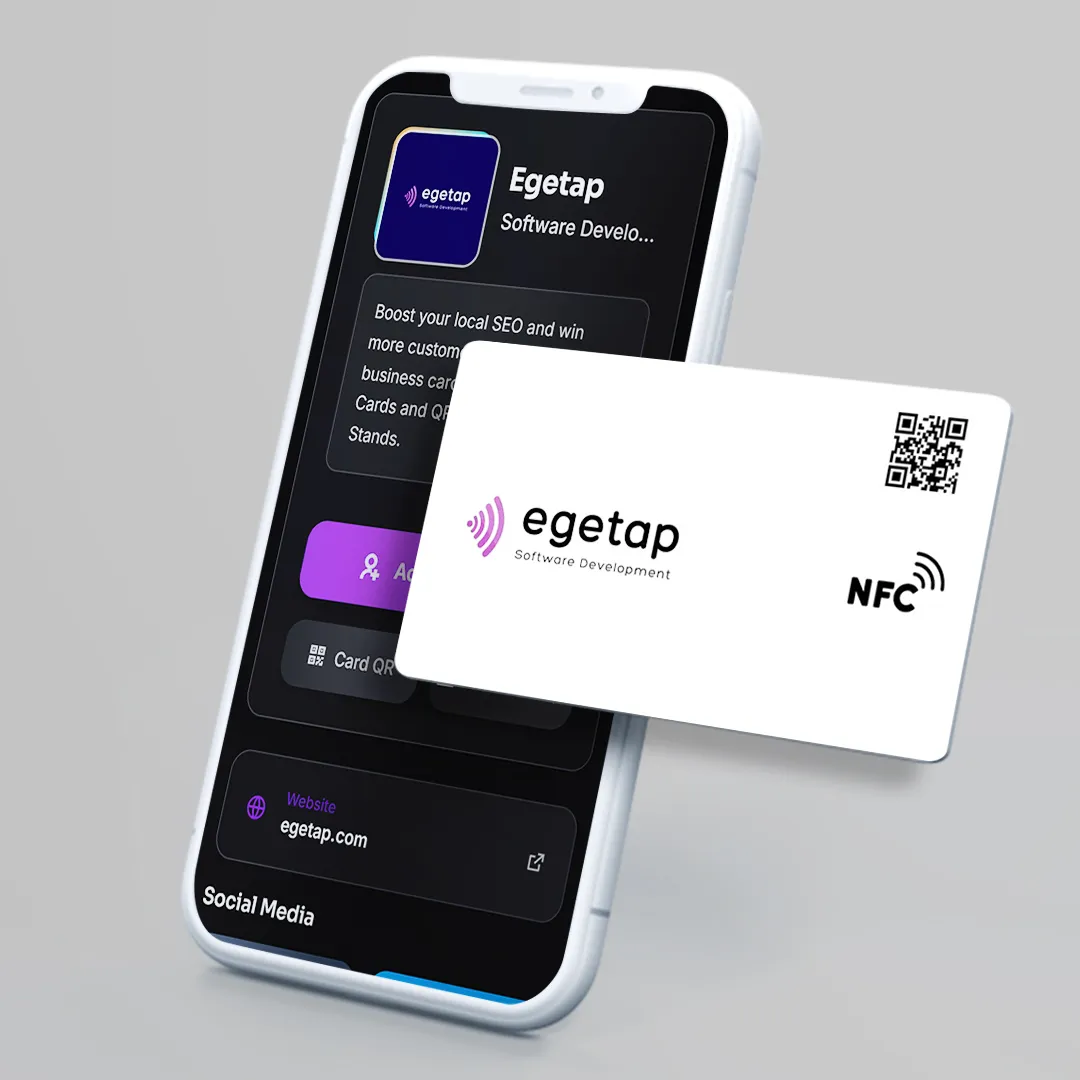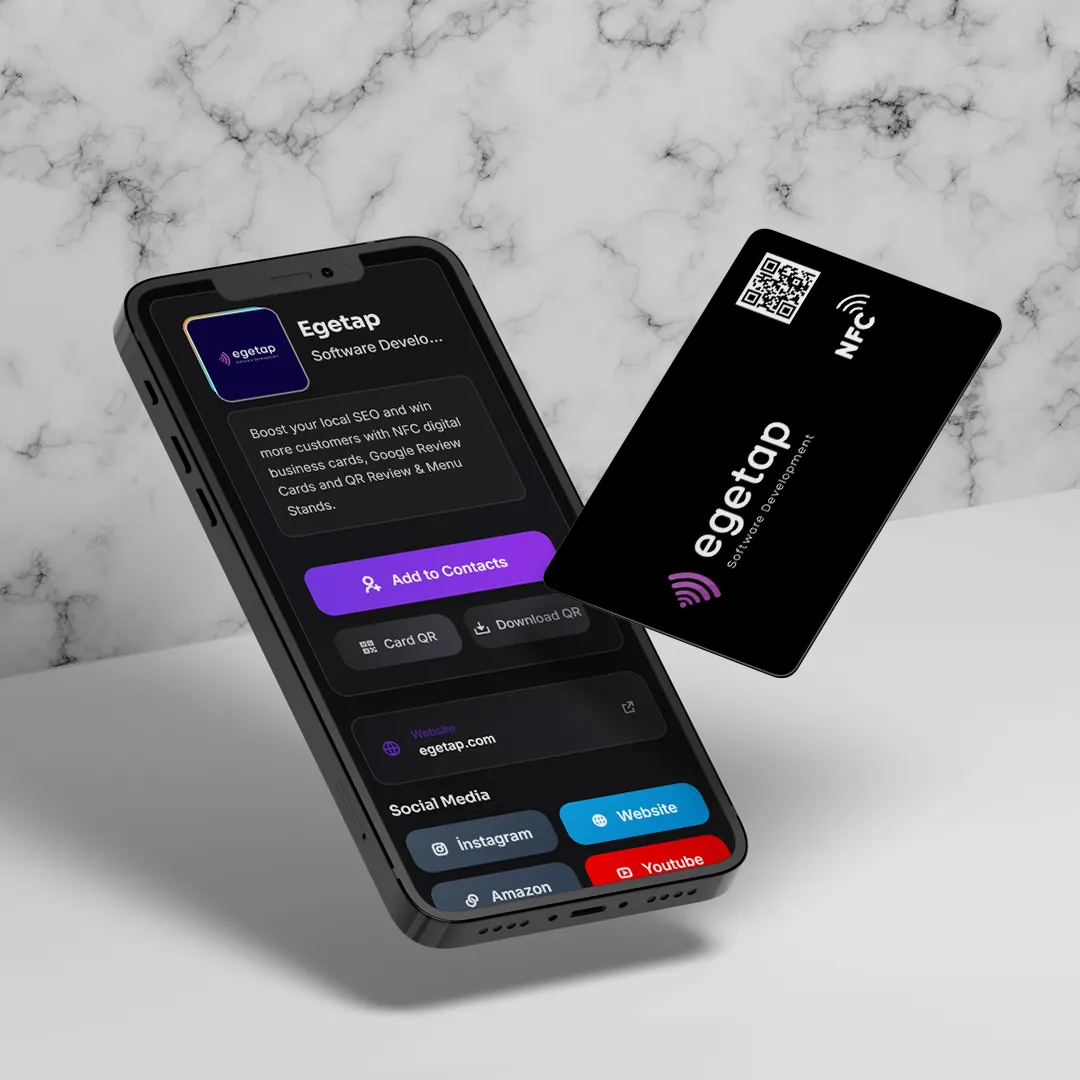
Digital Business Card
Digital Business Card: Transform Networking Into Measurable Leads
Benefits Of A Digital Business Card
Digital business cards replace paper with a dynamic, trackable asset you can update in real time. In my 20 years advising B2B and B2C teams on digital adoption, I’ve seen companies increase contact capture and appointment rates by adopting cards that link directly to booking, proposals, and content hubs. The measurable advantage is immediate: you move from a static exchange of information to a repeatable conversion pathway.
- Higher Conversion: Click-to-call, calendar booking, and one-tap emails increase follow-up rates.
- Real-Time Updates: Edit your title, phone, or privacy preferences without reprinting assets.
- Attribution And Analytics: Track scans, clicks, and geographic data to quantify networking ROI.
Key Features To Look For
Not all digital business cards are created equal. Prioritize platforms that offer universal accessibility, secure sharing methods, and integrations that map to your revenue stack. Below are the core features I recommend evaluating first to align the tool with measurable business goals.
- Multiple Share Methods: QR code, NFC, SMS link, and vCard export for broad compatibility.
- Security And Privacy Controls: TLS encryption, GDPR-compliant data handling, and consent-driven lead capture.
- CRM And Workflow Integrations: Native connectors or Zapier/Webhooks for instant lead enrichment and follow-up automation.
How To Choose The Right Digital Business Card
Selecting a vendor should be driven by the outcomes you want. Start by defining the primary conversion (lead capture, meeting booking, or content consumption), then match features to that goal. Use a short technical trial to validate device compatibility and analytics fidelity before rolling out across teams.
- Define Goals: Identify the primary metric—contacts captured, meetings booked, or content downloads.
- Validate On Devices: Test QR and NFC on iOS and Android models common in your market.
- Measure Analytics: Confirm the vendor exposes raw event data or integrates cleanly with your analytics stack.
Implementation And Best Practices
Implementation is where value is realized. Configure the card to reduce friction and capture intent, not just contact details. Use progressive disclosure: start with name and title, then surface calendar links, case studies, or pricing only when the lead indicates interest. Train teams on messaging and provide templates that pair digital cards with a consistent follow-up cadence.
From an operational perspective, enforce governance: centralized control over templates, mandatory analytics tagging, and periodic audits of user profiles. This ensures compliance, brand consistency, and accurate reporting across the organization.
Checklist For Deployment
Before full-scale deployment, run a pilot with a 4–8 week window and clear KPIs. The checklist below compresses the critical steps to reduce rollout risk and maximize early wins.
- Pilot Selection: Choose a small cross-functional group (sales, partnership, events) for early testing.
- Technical Validation: Confirm QR readability, NFC write/read cycles, and vCard export on targeted devices.
- Analytics Setup: Map events to your CRM and analytics platform, and validate data flows end-to-end.
As a US-based SEO strategist with two decades of experience advising startups and enterprises, I prioritize solutions that demonstrate measurable uplift. Digital business cards should be evaluated not as a novelty, but as a low-friction channel in your demand generation funnel. When implemented with governance, security, and integration, they become a scalable touchpoint that improves conversion rates and reduces lost opportunities from paper handoffs.
If you’re ready to standardize digital cards across your team and capture measurable ROI from every interaction, start with a focused pilot and a clear success definition. I can help you design the pilot, select vendors, and map the analytics to prove impact.
Call To Action: Schedule a brief diagnostic to identify the highest-impact use case for digital business cards in your organization and receive a 30-day pilot plan tailored to your tech stack and metrics.
How Do Digital Business Cards Improve Networking?
Digital cards reduce friction by offering one-click actions—call, email, book a meeting—so contacts are more likely to progress immediately. They also provide analytics on who scanned or clicked, allowing you to prioritize follow-up and personalize outreach based on measured interest.
Are Digital Business Cards Secure?
Yes, when you choose vendors with modern security controls. Look for platforms that use TLS for data in transit, secure storage for contact submissions, and compliance documentation for GDPR/CCPA where applicable. Implement role-based access to admin controls to limit exposure of sensitive company data.
Can I Integrate A Digital Business Card With My CRM?
Most enterprise-grade digital card platforms offer native integrations or webhooks to push contact events into CRMs like Salesforce, HubSpot, or Microsoft Dynamics. Verify that the integration supports custom field mapping, lead source attribution, and automated follow-up workflows to avoid manual data entry and ensure timely outreach.


Frequently Asked Questions
Details on setup, compatibility, analytics and shipping for our NFC digital business cards, Google Review Cards and QR menu stands.
